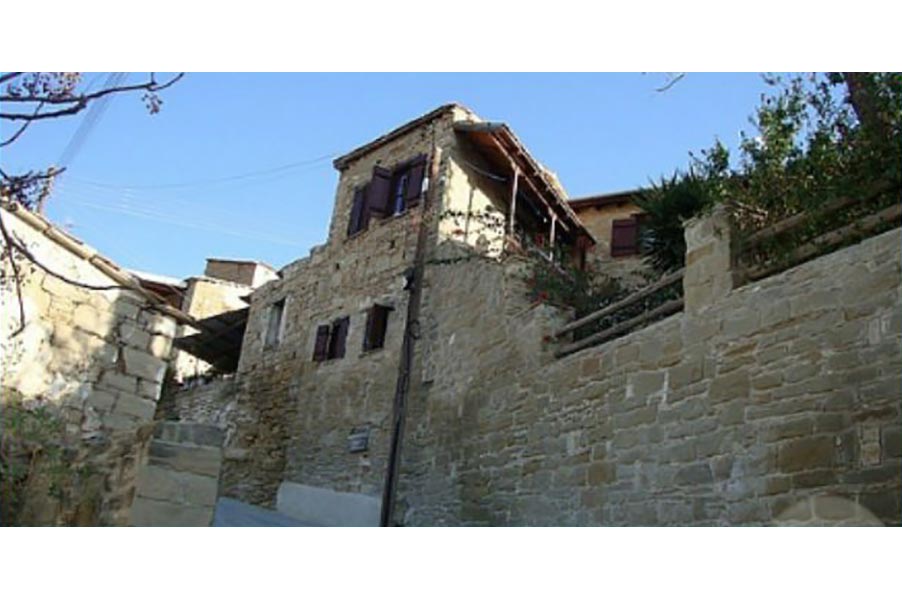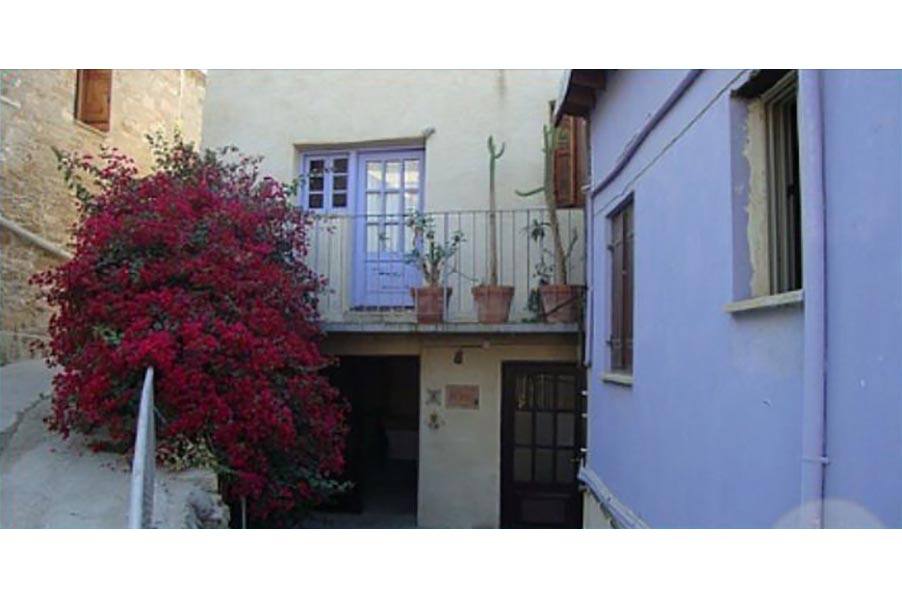- Home
- Larnaca
- Larnaca Entries
- Tochni
Description
Based on some religious and folkloric traditions, Tochni is among the oldest villages in Cyprus, with a history more than ten, perhaps twenty centuries. Despite the infrequent mention of it in historical or archaeological sources, careful research and study on the village will reveal enough data regarding the long course of it's life.
Tochni village is noted in some medieval maps called Togni, which indicates the existence of irrefutable, at least from the period of Latin. The medieval existence of the villages is attested by historians of the middle-ages, as the Cypriot chronicler Leontios Machairas and Latin writer De Mas Latrie. The testimonies revolve around the building of a temple and placement in these sacred relics, from the Queen Mother St. Helen, after her return from the Holy Land. Another medieval testimony refers to the granting of Tochni as a manor in the years of the Frankish presence in the island.
Today the village has been designated an "agrotourism" location which promotes the restoration of the original village house in order to preserve the traditional Cypriot stone houses. The majority of properties use "Tochni Stone" which is quarried nearby. There are the ruins of a Latin church in the centre of the village, overlooking the Orthodox church of St Constantine and Helena. The current church has been reconstructed on the site of the original, interestingly over a bridge, said to have been founded by St Helena on return from the Holy Land having brought with her a piece of the Holy Cross. There is also a mosque, madrasah and Muslim burial ground in the eastern part of the village, though these are in varying degrees of disrepair.

